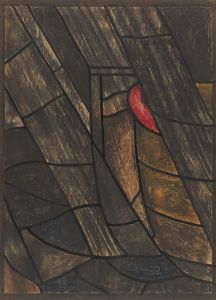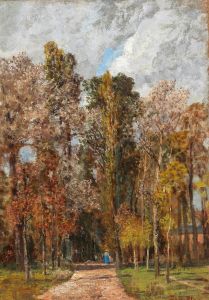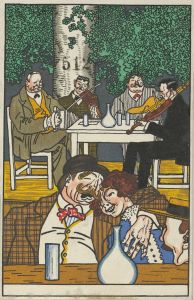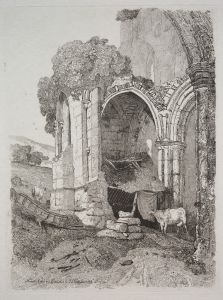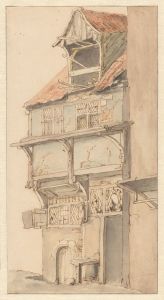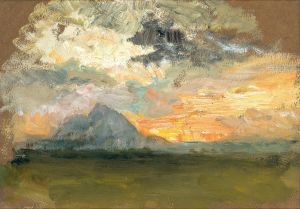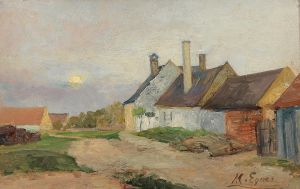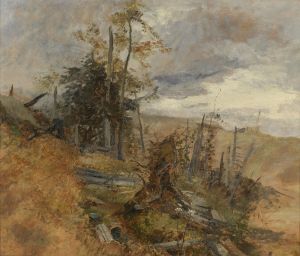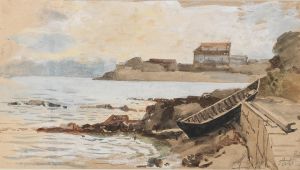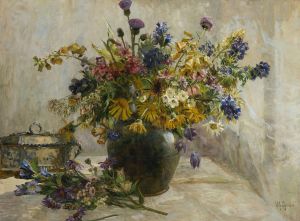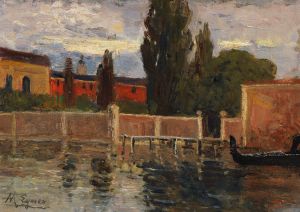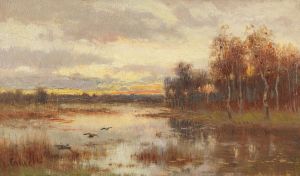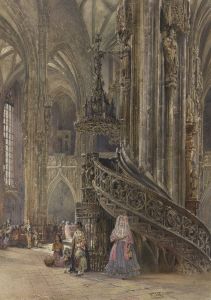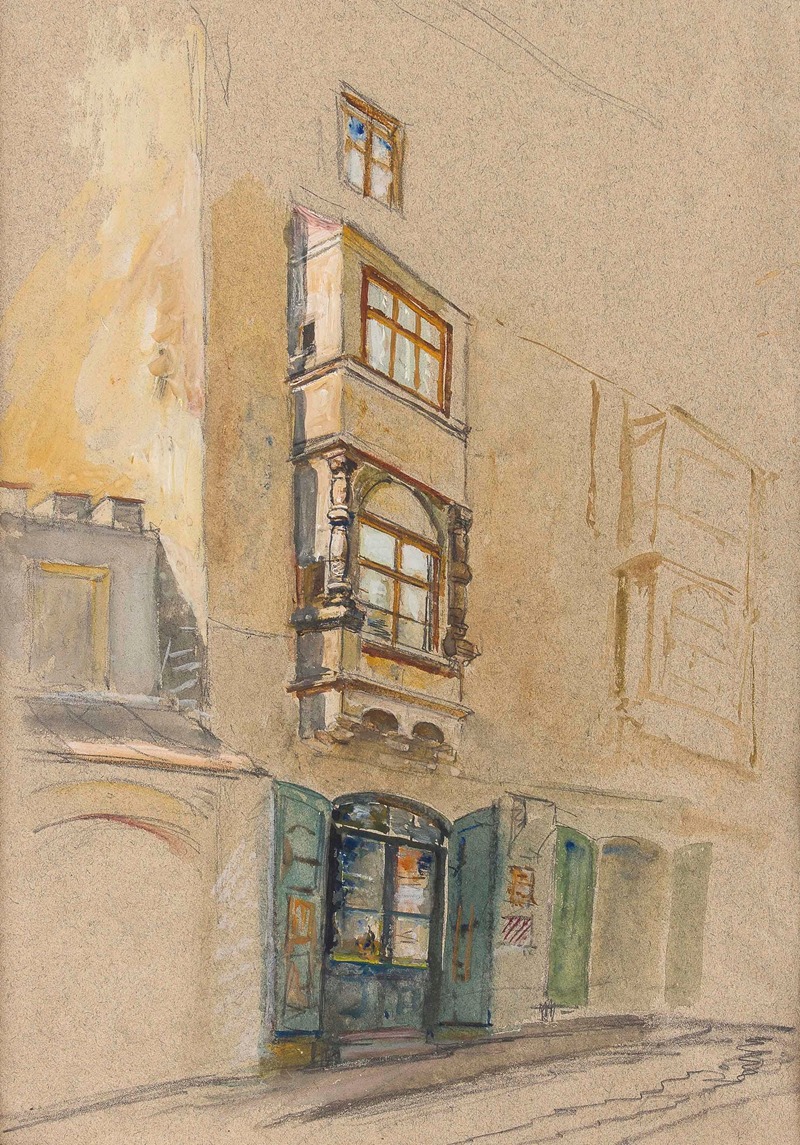
Patrizierhaus in Wien
A hand-painted replica of Marie Egner’s masterpiece Patrizierhaus in Wien, meticulously crafted by professional artists to capture the true essence of the original. Each piece is created with museum-quality canvas and rare mineral pigments, carefully painted by experienced artists with delicate brushstrokes and rich, layered colors to perfectly recreate the texture of the original artwork. Unlike machine-printed reproductions, this hand-painted version brings the painting to life, infused with the artist’s emotions and skill in every stroke. Whether for personal collection or home decoration, it instantly elevates the artistic atmosphere of any space.
Marie Egner (1850-1940) was an Austrian painter known for her contributions to the realist and impressionist movements in the late 19th and early 20th centuries. She was particularly recognized for her landscapes, still lifes, and floral compositions. One of her notable works is "Patrizierhaus in Wien" (Patrician House in Vienna), which exemplifies her skill in capturing architectural subjects with a keen eye for detail and atmosphere.
Egner was born in Bad Radkersburg, Austria, and received her initial artistic training in Graz. She later moved to Düsseldorf, where she studied under Carl Jungheim, a landscape painter. Egner's education continued in Vienna, where she became associated with the local art scene and participated in various exhibitions. Her work was well-received, and she became a member of the Vienna Künstlerhaus, an important association for artists in the city.
"Patrizierhaus in Wien" is a painting that depicts a patrician house, a type of grand residence typically owned by wealthy and influential families in Vienna. The painting captures the architectural elegance and historical significance of such buildings, which were often characterized by their ornate facades, intricate details, and stately presence. Egner's use of light and shadow in the painting highlights the textures and forms of the structure, bringing a sense of realism and depth to the scene.
The painting reflects Egner's ability to blend realism with impressionistic touches, creating a work that is both accurate in its depiction and evocative in its atmosphere. Her attention to detail is evident in the careful rendering of architectural elements, while her use of color and light imbues the scene with a sense of life and vibrancy. This combination of technical skill and artistic sensitivity is a hallmark of Egner's work and contributes to her reputation as a significant figure in Austrian art.
Egner's career spanned several decades, during which she exhibited widely and received numerous accolades. Her work was included in exhibitions at the Vienna Künstlerhaus, the Munich Glass Palace, and other prestigious venues. Despite the challenges faced by women artists of her time, Egner achieved considerable success and recognition for her contributions to the art world.
In addition to her painting, Egner was also involved in teaching and mentoring younger artists. She played a role in the development of the next generation of Austrian painters, passing on her knowledge and skills to her students. Her legacy is reflected not only in her own body of work but also in the influence she had on the broader artistic community.
"Patrizierhaus in Wien" remains an important example of Egner's work, showcasing her talent for capturing the essence of her subjects with precision and artistry. The painting is a testament to her ability to convey the beauty and character of Vienna's architectural heritage, making it a valuable piece of cultural history.





